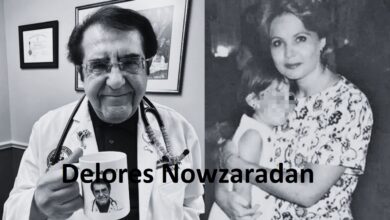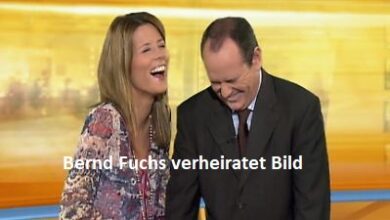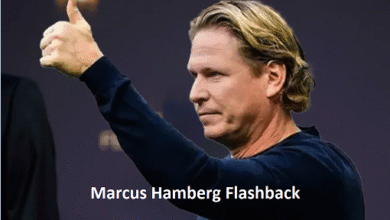Marcus Hamberg Flashback: A Journey Through Memory, Creativity, and Influence
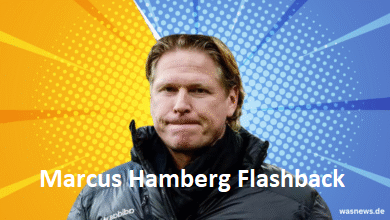
Understanding the Concept of a “Flashback” in Modern Culture
When we hear the word “Marcus Hamberg Flashback,” most people immediately think of movies, novels, or even psychological experiences where a sudden memory overtakes the present. In the case of Marcus Hamberg Flashback, this phrase has gained its own identity. It does not simply refer to random recollections of the past, but rather to a layered idea of revisiting moments that shaped creativity, innovation, and personal growth.
Flashbacks are not just about nostalgia; they are tools for storytelling. Directors in cinema use them to give characters depth, writers employ them to explain hidden motives, and even musicians sometimes build entire tracks around the theme of looking back. In the case of Marcus Hamberg, the “flashback” represents an exploration into how one person’s experiences can be retold and reimagined to inspire others.
Culturally, flashbacks resonate with people because everyone has moments they return to. Whether it’s the first time you accomplished something important, a personal challenge you overcame, or a piece of history that feels unforgettable, flashbacks act as anchors. Marcus Hamberg’s connection to this concept suggests a perspective where memory is not just personal but also creative, shaping both storytelling and interpretation.
Who is Marcus Hamberg and Why His Flashback Matters
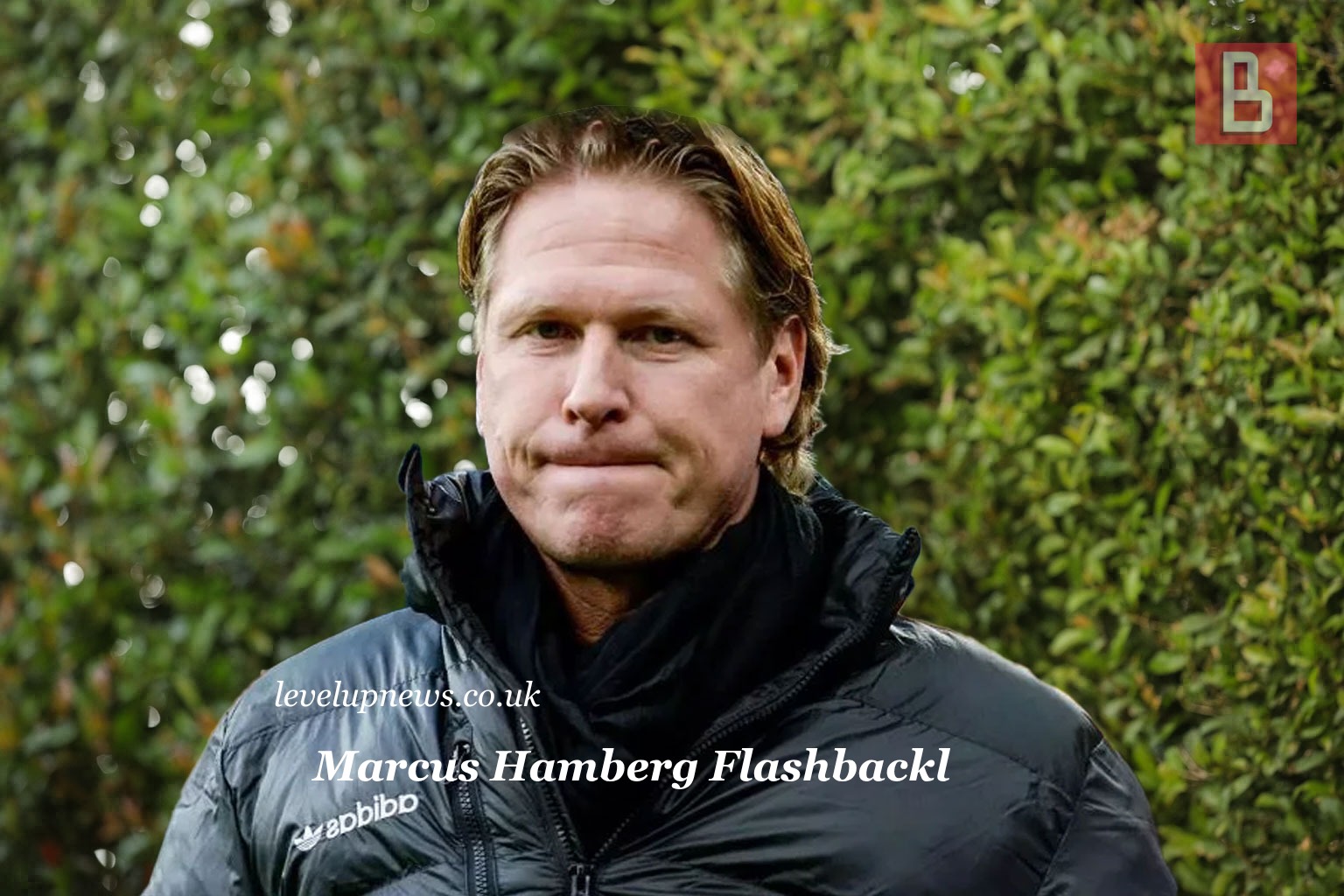
Marcus Hamberg Flashback is often described as a figure associated with memory-driven narratives, creativity, and unique storytelling methods. His work—or rather, the idea attached to his name—has made people curious about how flashbacks can be transformed into more than just mental images. Instead, they become frameworks to understand human experience.
What makes Hamberg stand out is not simply that he looks back, but how he frames those memories. Unlike a random nostalgic thought, his flashbacks are intentional. They combine psychology, culture, and art into something that sparks conversation. This is why the term “Marcus Hamberg Flashback” has started to live on its own, beyond just being tied to one individual.
Another reason Hamberg’s flashback holds significance is its accessibility. While many storytellers keep their narratives confined to literature or film, his approach feels more universal. It applies to how we think about daily life, how we process events, and even how we create meaning from challenges. That universal connection is what turns the flashback from a personal moment into a collective experience.
The Psychology Behind a Marcus Hamberg Flashback
A flashback is more than a scene replaying in your head—it’s a psychological process that merges memory, emotion, and perception. The “Marcus Hamberg Flashback” taps into this, offering a way to see how our brains use past experiences to shape current identity.
Psychologists often argue that flashbacks come in two forms: voluntary and involuntary. Voluntary flashbacks are when you consciously remember an event—say, looking through an old photo album. Involuntary flashbacks, on the other hand, occur when a smell, a sound, or even a casual remark pulls you back into a vivid memory. Marcus Hamberg’s association with flashbacks highlights both sides of this process, suggesting that every memory has potential to inspire or to teach.
From a deeper perspective, flashbacks are survival tools. Our minds store experiences not only to remember but to learn. When Hamberg’s concept comes into play, it encourages us to revisit these moments deliberately—not just to relive them, but to analyze them. That’s why the phrase resonates so strongly: it’s not about being stuck in the past, but about using the past as a resource.
Flashbacks in Storytelling: Hamberg’s Creative Touch
Marcus Hamberg Flashback have always been powerful in literature and film. They allow creators to reveal backstories, explain motives, or add suspense. With Marcus Hamberg’s name attached to the idea, the flashback takes on a more creative and experimental role.
In film, for example, flashbacks can shift perspectives entirely. A character who seems one-dimensional suddenly reveals a painful or triumphant history. Hamberg’s flashback suggests using these shifts not only for entertainment but also for reflection. It’s a way of saying: “Look closer—what you see in the present is only part of the story.”
In writing, flashbacks often serve as emotional anchors. A novel without a flashback may move in a straight line, but once a past moment is woven in, the story gains new depth. Hamberg’s approach inspires authors and readers to appreciate these narrative devices beyond the plot, as symbolic bridges between who someone was and who they are now.
Cultural Significance of the Marcus Hamberg Flashback
Culture thrives on memory. Traditions, art forms, and even social rituals are essentially flashbacks passed down from one generation to another. In this sense, the Marcus Hamberg Flashback reflects something larger than individual memory—it mirrors cultural storytelling.
Think about festivals or anniversaries. Each one is essentially a collective flashback. People come together not just to celebrate but to remember, to relive an origin story that binds them. Hamberg’s association with flashbacks captures this essence of cultural connection, showing how memory can be both personal and communal.
In popular culture, flashbacks have become a trend. From retro music revivals to fashion comebacks, society constantly looks back for inspiration. Hamberg’s concept is a reminder that this isn’t simply nostalgia. It’s a way for culture to ground itself while still moving forward. Memory provides authenticity, and that’s something people crave in a rapidly changing world.
The Emotional Power of Revisiting the Past
One of the reasons Marcus Hamberg Flashback hold such weight is because of their emotional pull. When Marcus Hamberg’s name is tied to the concept, it underlines the emotional intelligence needed to process memory.
Not every flashback is happy, of course. Some bring pain or loss. Yet, even those difficult memories carry value. Hamberg’s flashback highlights the importance of revisiting these moments not to reopen wounds, but to understand growth. Every challenge, every mistake, every success becomes part of the larger story we tell ourselves.
This emotional side is also what makes flashbacks therapeutic. Many therapists encourage clients to revisit key moments, not to dwell on them but to reframe them. Hamberg’s interpretation captures this idea perfectly. A flashback is not just a replay—it’s a chance to reinterpret. That act of reinterpretation often becomes the foundation for resilience.
Marcus Hamberg Flashback in the Digital Age
We live in a time where flashbacks are more than memories—they’re also built into technology. Social media platforms constantly remind us of “memories from a year ago,” resurfacing photos, posts, and milestones. The Marcus Hamberg Flashback connects seamlessly with this phenomenon, as digital platforms are now curators of our collective past.
In the digital space, flashbacks serve as both entertainment and reflection. People reshare old pictures not just to remember, but to remind themselves and their circles of progress, change, or simply good times. Hamberg’s concept makes us aware that these small moments are not trivial—they’re the fabric of our digital identities.
Moreover, digital flashbacks amplify the idea of accessibility. Unlike the private memories stored in our brains, online memories are shareable. This creates a modern paradox: while flashbacks are deeply personal, in today’s world they’ve also become public performances. Marcus Hamberg’s association with the term adds a layer of awareness to this shift, helping people think more critically about how they revisit and share their past.
What We Can Learn from the Marcus Hamberg Flashback
The biggest takeaway from the Marcus Hamberg Flashback is that memory isn’t just something that happens—it’s something we can work with. By treating flashbacks as opportunities instead of random intrusions, we gain perspective on who we are and where we’re going.
First, flashbacks remind us that growth is rarely linear. Looking back reveals the struggles, detours, and lessons that shaped the present. Hamberg’s concept teaches us to see value in those uneven paths, rather than dismissing them.
Second, flashbacks foster empathy. When we understand our own past, we’re better at understanding others’. Hamberg’s name attached to this idea reinforces the human connection embedded in memory. After all, everyone has flashbacks—good or bad—and acknowledging them builds bridges between experiences.
Lastly, flashbacks encourage creativity. They remind us that inspiration doesn’t only come from the future or the unknown—it can come from revisiting something familiar, but with new eyes. That’s the heart of Hamberg’s interpretation: the past isn’t gone; it’s a resource waiting to be rediscovered.
Conclusion: The Timeless Value of a Marcus Hamberg Flashback
At its core, the Marcus Hamberg Flashback is about more than memory. It’s about perspective, storytelling, and growth. It asks us to view flashbacks not as interruptions, but as valuable tools for creativity, emotional healing, and cultural continuity.
In a world obsessed with what’s next, Hamberg’s approach gently reminds us that what came before still matters. Flashbacks help us make sense of change, honor traditions, and connect with each other in deeper ways. Whether personal, cultural, or digital, they continue to shape how we see ourselves and how we tell our stories.
So next time a memory resurfaces, think of it not as a distraction but as your own “Marcus Hamberg Flashback.” It might just hold the key to your next idea, your next insight, or your next step forward.
